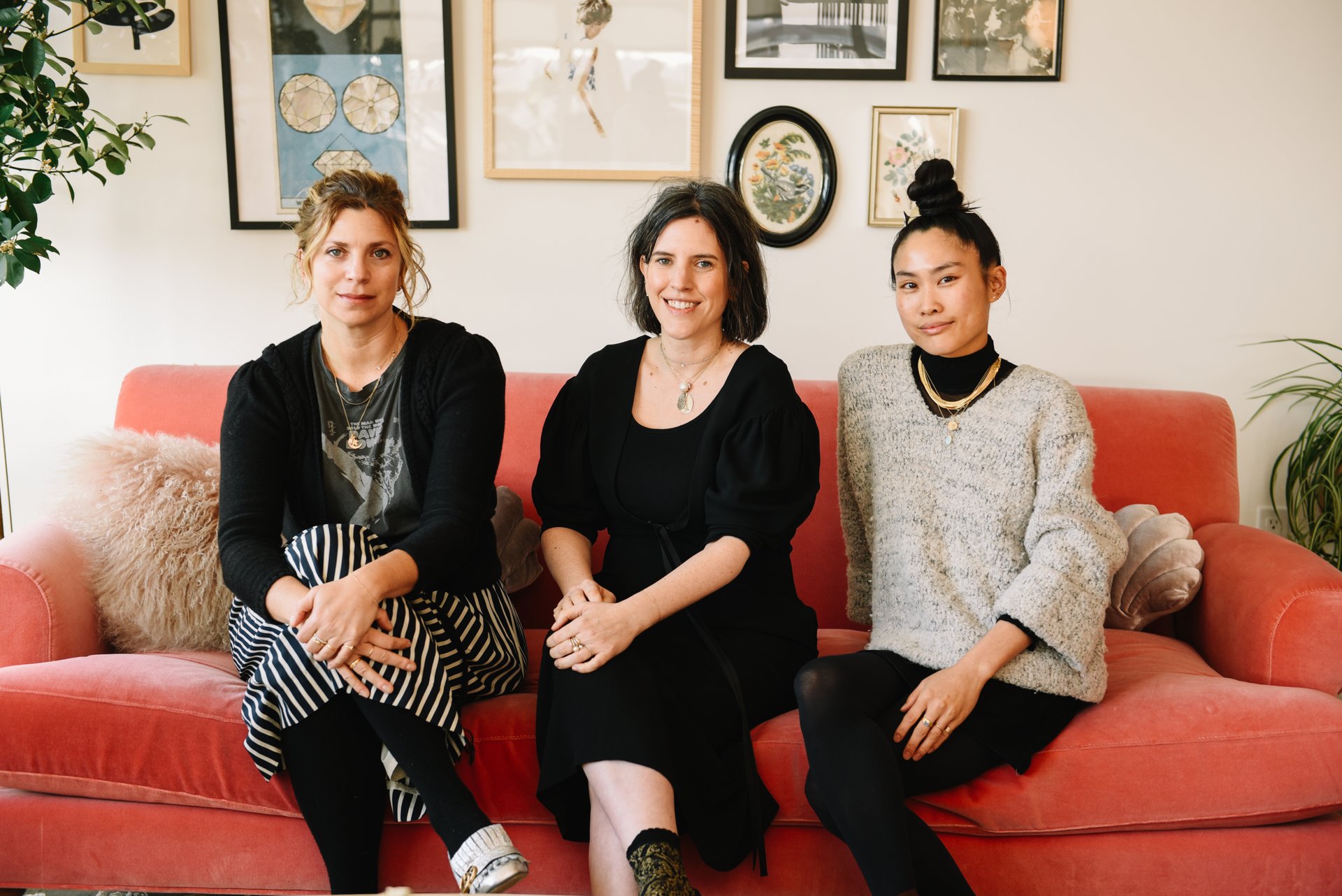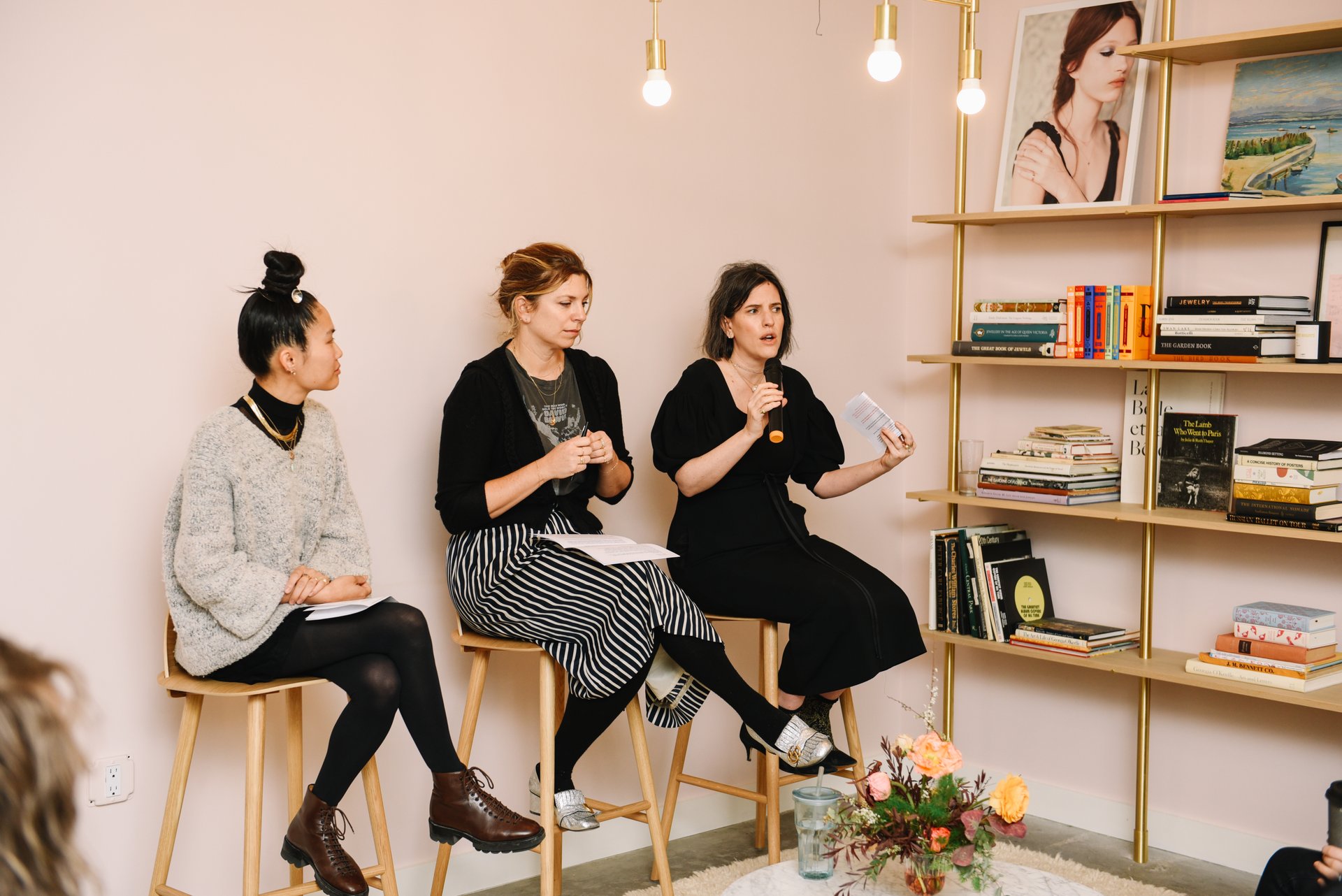To elaborate on the theme of giving yourself time and space, Catbird never fell into the space of offering full collections on the fashion calendar. This is usually the crux of an emerging designers business. Can you share how breaking from this format has allowed you to grow stronger as a brand?
Vardi: We didn’t work on a fashion calendar because we never had to. We were not a wholesale business and we had a store. Customers walking in aren’t like, “What do you have for pre-resort in earrings?” It never even occurred to me. We would just make things as we had ideas and when we could afford castings for them. It was very fluid.
It wasn’t until later down the road that Steven Alan asked if we could wholesale, and I thought, “That’s a good idea.”
How do you measure success today?
Vardi: There are so many different ways. At its core, what’s most important to me is to have a really healthy business with a strong foundation and strong culture that can withstand whatever may happen. People have their livelihoods and jobs here. It’s up to me to make sure they can stay afloat.
Batnick Plessner: I get excited when I see customers noticing things. Sometimes you’ll quietly get a comment on social media and you realize they are really paying attention. You’ll see them drawing connections. That’s why social media exists. It’s so nice to see that from our customer, and conversely feel like even though we don’t know them personally, we are engaging with them.
Leigh, earlier we were talking about if you had any design philosophies to share with younger designers in terms of how to achieve self-sustaining growth in a design business.
Batnick Plessner: We are really committed to doing everything ourselves. We have a few small aspects of the business which cannot be done in-house for architecture and scale reasons, but everything else we do here. That helps us make decisions. Photography is a great example. We do photography and styling ourselves. We shoot on people who work here. We sell luxury goods, somewhat that is fanciful, but we are really practical about it. I think that balance is really what keeps us in check.
Do you have a vision for where you want to take Catbird?
Vardi: My focus, now that we are here and able to spread our wings, is really on sustainability and efficiency. We’ve got our big girl pants on. We can hone in on sustainability, which we’ve been working on for a long time, and we can become more efficient.









